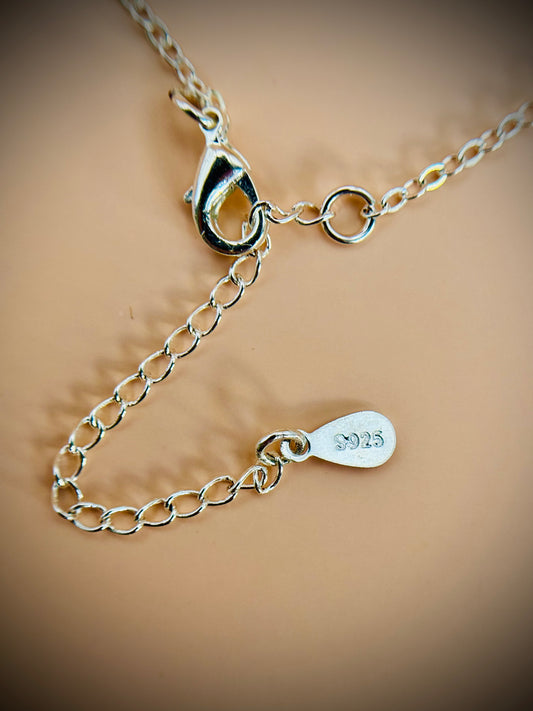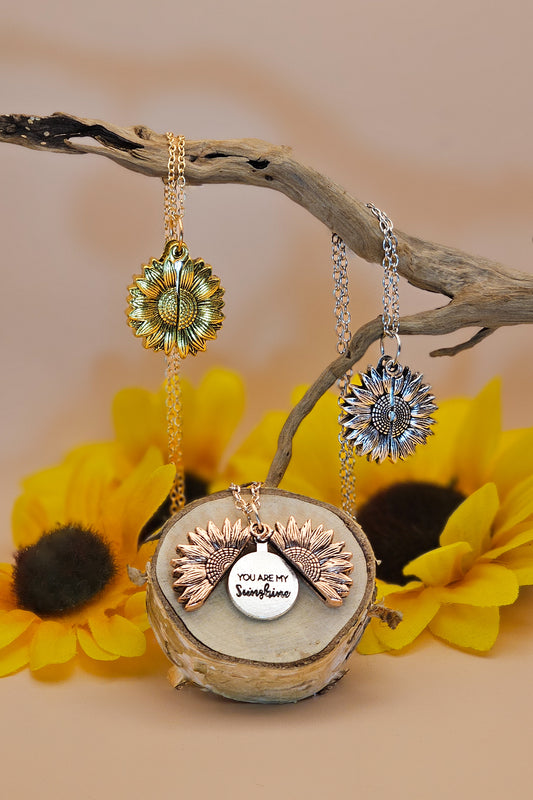Honey.
Prized throughout millennia by ancient civilizations such as the Assyrians, Chinese, Greeks and especially the Egyptians who believed it to be highly sacred and used it prolifically. Pharaohs even believed that honeybees were related to the Sun God Re and it was so cherished that jars were buried with deceased royalty to give them a sweet transition into the afterlife.
Most people buy honey for the taste and increasingly for its health and medicinal benefits but not all honey is created equal and what is clearly written on the label is not always what is inside the jar. Right now, there’s a huge global issue of ‘fake’ honey and like any commodity there’s A LOT of money involved.
What is ‘fake’ honey? In short, it’s real honey that’s mixed with a vast array of sugar syrups created using different substances including rice, corn and cane sugar then by means of deliberately obscure ‘produce of’ labels and random global shipping routes it looks like a legitimate product which creates a massive headache for reputable honey producers and authorities. Is there anything wrong with adulterated honey? No. It will taste super sweet and have little to no health benefit but it won’t cause you any harm… apart from in your wallet! If you’re paying for real honey you want real honey!
Unscrupulous dealers continually appear to be one step ahead of authenticity testing which just can’t keep up. As fast (and to be honest they’re not that fast at all!) as governments can fund creation of more sophisticated testing the fraudsters are creating increasingly sophisticated blending procedures. The simplest form of testing is to look at microscopic pollen grains suspended in the honey which come from the flowers that the bees collect nectar from. Honey is intensely filtered to remove the naturally occurring pollen which would identify its region of creation then foreign pollen grains are added to make the honey appear to be from a certain location.
For example: It’s believed that New Zealand produces about 1,700 tons of manuka honey each season, yet 10,000 tons are sold annually worldwide. It’s a terrifying statistic.
If the authorities can’t tell real from fake honey how can you ensure you’re getting the real deal? Firstly, ditch the cheap stuff. When you see very cheap honey on a supermarket shelf consider why what should be a premium product is being sold so cheaply. Steer clear of words such as ‘blended’ and don’t be taken in with ‘natural’ or ‘raw’. Secondly, buy as direct as you can from a local beekeeper. You’ll have one I assure you and they may be even closer than you imagined!
Many sell direct from the doorstep, their own website or via local farm shops and delis. Most beekeepers are just like me in that they don’t have time to be messing around and mixing things up. They spin the honey directly from the uncapped comb, through a sieve and into the jar. Their honey will sell out every year so don’t have worry about shelf-life and they celebrate the differences in each batch having no interest in dull uniformity.
Smaller scale beekeepers are a passionate bunch. They work hard to keep their bees healthy and happy, tolerate the inevitable painful stings and are an integral part of your local ecology. Do show them some love because there is nothing more delicious than REAL real honey!
Some additional honey facts:
• Honey doesn’t go ‘off’. It will crystallise but a gentle warm in hot water no matter how old it is will return it to its original glory. A jar was found in perfect condition in King Tuts tomb.
• One ounce of honey would fuel a bees’ flight right around the world
• A honeybee visits 50-100 flowers each trip
• The honeybee is the only insect that produces food FOR humans
• A hive full of bees was traditionally given as a wedding present – hence the term ‘honeymoon’
• Beekeeping grew extensively in Europe thanks to the demands of the church for beeswax candles, a byproduct of honey production
• Honeybees are a perfectly functioning female led society that are still thriving after 40 million years (I just like to get that fact in :) )
Gael Wilkinson is the Keeper of Bees at www.kinbees.com. She lives in Central Scotland with her ever patient husband, tenacious terrier and night owl son. Her delicious honey won a First Prize at this years’ Royal Highland Show. Follow her and her beekeeping journey @kinbeesuk








